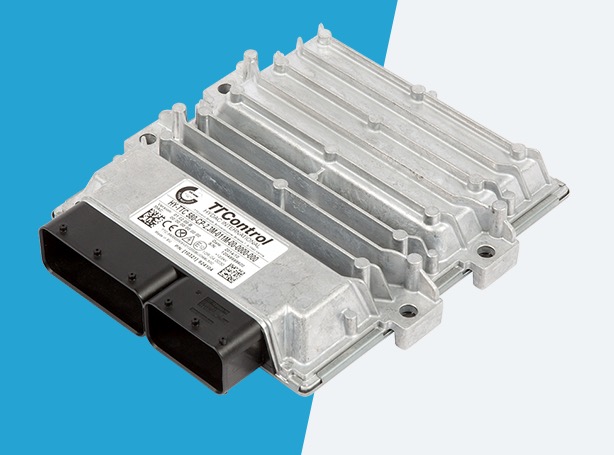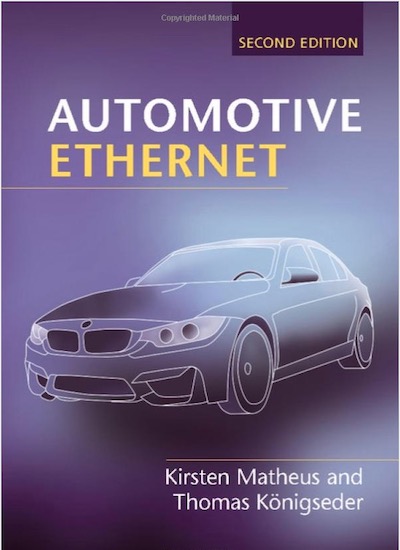Recent Posts
ISOBUS Safety-Certified ECU With Three CAN Bus Ports And Automotive Ethernet Interface
Posted by on
TTControl expanded its HY-TTC 500 product family by another safety-certified ECU, the HY-TTC 508 ECU, which satisfies safety requirements according to IEC 61508 SIL2, ISO 13849 PL d and EN ISO 25119 AgPL d.
One of the three CAN Bus interfaces is ISOBUS standard compliant. ISOBUS (ISO 11783) is a CAN (Controller Area Network) Higher Layer Protocol based on the SAE J1939 standard for forestry and agricultural vehicles. ISO 11783 was a joint development by manufacturers in the agricultural and forestry industry to address the increasing need for electronic control in the machinery and vehicles they produce.
In combination with an extended external flash memory of 16 MiB and a real-time clock (RTC), the ECU module fits the requirements of agricultural machinery applications.
The HY-TTC 508 safety-certified ECU (Electronic Control Unit) is based on the same hardware platform as other members of the HY-TTC 500 family; it is powered by a high-performance dual-core ARM Cortex-R4 Lockstep processor. In support of automotive Ethernet, the product also allows extended connectivity capabilities utilizing a 100BASE-T1 BroadR-Reach interface available both for customer applications and for debugging and application download purposes.
The device will be formally introduced at the Agritechnica 2019 fair from November 10 to November 16 in Hanover, Germany.
Automotive Ethernet
Learn about the latest developments in automotive Ethernet technology and implementation with this fully revised second edition. Including approximately twenty-five percent new material and greater technical detail, coverage is expanded to include:
- Detailed explanations of how the 100BASE-T1 PHY and 1000 BASE-T1 PHY technologies actually work
- A step-by-step description of how the 1000BASE-T1 channel was derived
- A summary of the content and uses of the new TSN standards
- A framework for security in Automotive Ethernet
- Discussion of the interrelation between power supply and automotive Ethernet communication
Industry pioneers share the technical and non-technical decisions that have led to the success of automotive Ethernet, covering everything from electromagnetic requirements and physical layer technologies, Quality of Service, the use of VLANs, IP and Service Discovery, and network architecture and testing.
This book is an excellent guide for engineers, technical managers, and researchers designing components for in-car electronics, and those interested in the strategy of introducing new technologies.
 Loading... Please wait...
Loading... Please wait...


